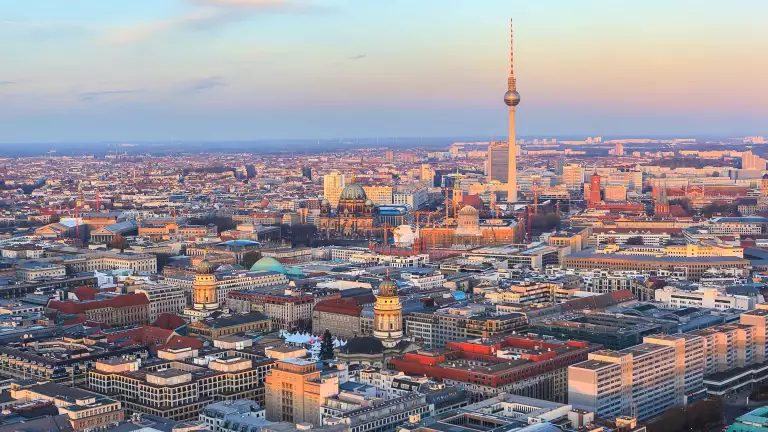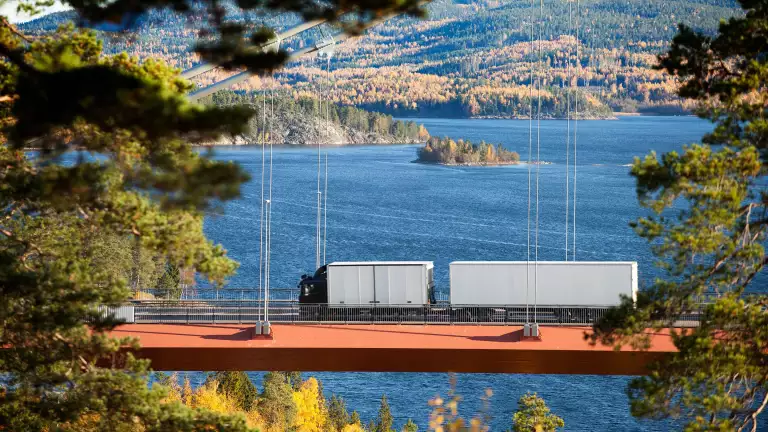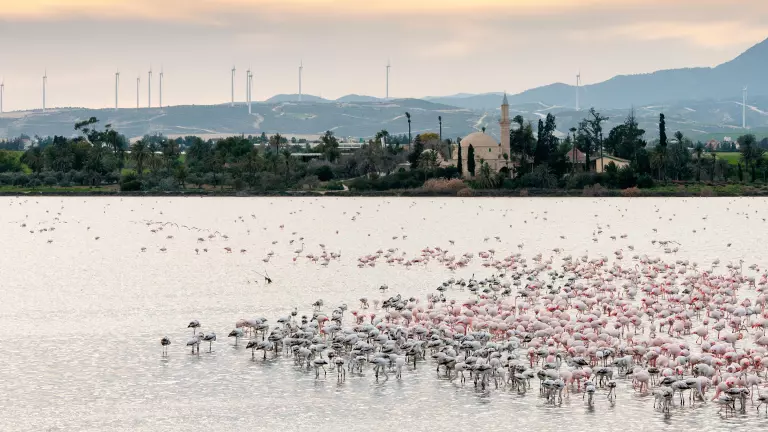
How Autostrade per l’Italia Is Building Infrastructure for the Future
Alberto Milvio, former CFO of Autostrade per l’Italia Group, and Concetta Testa, head of sustainability, share how the company is working to realize sustainable infrastructure.

Massive infrastructure projects challenge governments, transportation authorities, real estate developers, and engineering and construction firms worldwide. Our infrastructure consulting team enables clients to build, advance, and move by optimizing infrastructure development, cities, and the movement of people and goods.
Profound shifts in urbanization trends demand profoundly different infrastructure strategies. Governments, for example, have come to view infrastructure as a key driver of both economic growth and citizen well-being, while the private sector is under increasing pressure to tap smart technologies and pursue green infrastructure.
At the same time, construction projects have grown larger, riskier, and more complex—even as budgets for capital project management face challenges globally. As a result, infrastructure players need help delivering on time and on budget while rethinking how new construction projects and capital projects are selected, executed, and managed.
Our infrastructure consulting team employs BCG’s deep and renowned experience in strategy, organization, commercial excellence, and operational excellence. We also offer unique infrastructure expertise in:

Engineering and Construction. The engineering and construction industry generates 6% of global GDP and employment. Tapping into this engine for economic growth requires that project owners—typically governments—possess a clear vision of emerging trends in the industry and a commitment to bold decision making.

Real estate. Real estate is the largest asset class in the world. But despite its impressive scale, the industry has historically been slow to embrace innovation—a problem that has persisted even as it has entered a prolonged period of disruption and unprecedented change. BCG aids players of all types in both capitalizing on and defending against the emerging trends.

Transport Infrastructure. Effective planning, funding, construction, and management of transport infrastructure around the world have the potential to enhance accessibility and facilitate trade, improve mobility, generate greater employment opportunities, and boost overall economic productivity.

Alberto Milvio, former CFO of Autostrade per l’Italia Group, and Concetta Testa, head of sustainability, share how the company is working to realize sustainable infrastructure.

Shell and BCG have paired numerous times to reimagine the future of business. This time, they sought to address an important challenge for the mining and construction industries: how to maximize the productivity of equipment.

Governments can embrace the success of so-called smart cities, such as London and Riyadh, to promote and fund digital services in their countries.

The time for urgent adaptation and resilience efforts for the world’s land transport infrastructure is now.

As demand for office space plummets, building owners, lenders, and city officials must work together creatively to avoid a downward spiral in property values and local economies.

Almost half of a project’s carbon abatement practices can create cost savings or are zero cost—and emerging biogenic construction technologies could solve the most difficult abatement issues.
Our infrastructure consulting team comprises a deep roster of practitioners from the engineering and construction industry helping owners, investors, construction players, and operators to achieve outsize returns in every segment of the business. Over the past five years, we have delivered more than 600 projects around the world and remain at the forefront of infrastructure industry trends.